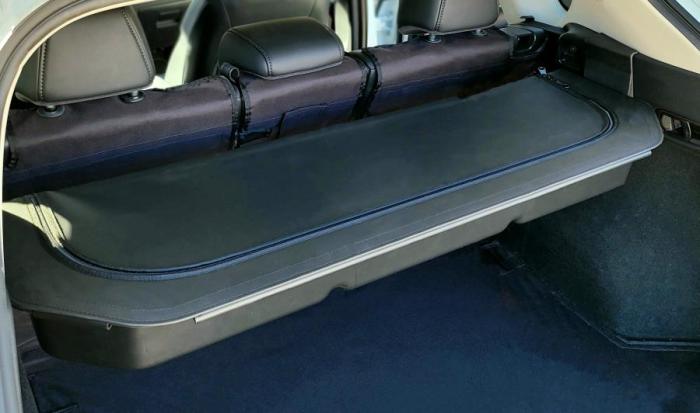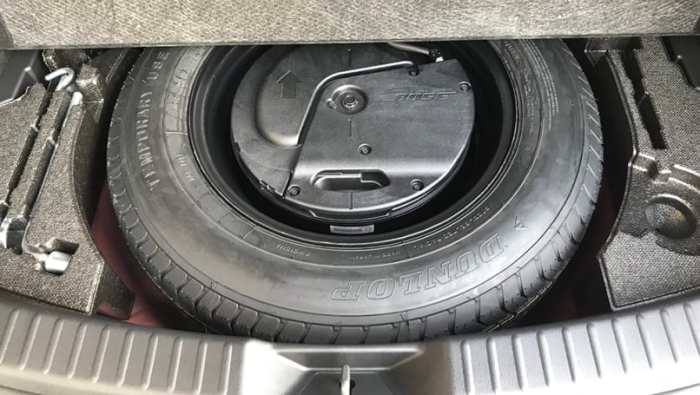Electric vehicles (EVs) are revolutionizing the automotive industry with their eco-friendly design, lower operating costs, and smooth, quiet performance. However, like any vehicle, they require regular maintenance to ensure longevity and efficiency. The good news? EVs have fewer moving parts than traditional gas-powered cars, which means less maintenance—but that doesn’t mean you can ignore upkeep entirely.
In this guide, we’ll cover everything you need to know about maintaining your electric car, from battery care to tire rotations, so you can keep your EV running smoothly for years to come.
Why EV Maintenance is Different
Unlike internal combustion engine (ICE) vehicles, EVs don’t have:
-
Oil changes
-
Spark plugs
-
Timing belts
-
Exhaust systems
-
Transmission fluid
This means fewer trips to the mechanic and lower long-term costs. However, EVs still require attention to key components like the battery, brakes, tires, and cooling systems.
Essential Electric Car Maintenance Tasks
1. Battery Care: The Heart of Your EV
The battery is the most critical (and expensive) component of an EV. Proper care can extend its lifespan and maintain efficiency.
-
Avoid Extreme Temperatures – Excessive heat or cold can degrade battery health. Park in a garage when possible and use preconditioning (if available) to optimize battery temperature before driving.
-
Charge Smartly – Frequent fast charging can strain the battery. Use Level 2 (240V) charging for daily use and reserve DC fast charging for long trips.
-
Keep Charge Between 20-80% – Most manufacturers recommend avoiding full 100% charges or complete 0% discharges for daily use to prolong battery life.
2. Brake Maintenance (Regenerative Braking Advantage)
EVs use regenerative braking, which reduces wear on brake pads by using the electric motor to slow the car. However, brakes still need occasional checks.
-
Inspect Brake Pads & Rotors – Less wear means longer life, but they should still be checked every 20,000-30,000 miles.
-
Flush Brake Fluid – Follow manufacturer recommendations (typically every 2-3 years).
3. Tire Rotation & Alignment
EVs are heavier due to their battery packs, which can lead to faster tire wear.
-
Rotate Tires Every 6,000-8,000 Miles – Ensures even wear and extends tire life.
-
Check Tire Pressure Monthly – Proper inflation improves efficiency and range.
4. Cooling System Maintenance
EVs rely on cooling systems to regulate battery and motor temperatures.
-
Check Coolant Levels – Some EVs require coolant changes every 50,000-100,000 miles.
-
Inspect for Leaks – A malfunctioning cooling system can lead to battery damage.
5. Cabin Air Filter Replacement
Just like traditional cars, EVs have cabin air filters that need replacing every 15,000-30,000 miles to maintain air quality and HVAC efficiency.
6. Software Updates
EVs receive over-the-air (OTA) updates to improve performance, battery management, and features.
-
Enable Automatic Updates – Ensures your car runs the latest software.
-
Visit the Dealer if Needed – Some updates may require professional installation.
Additional Tips for EV Longevity
-
Keep It Clean – Regularly wash your EV, especially the undercarriage in winter (road salt can affect components).
-
Check 12V Battery – EVs still have a small 12V battery for accessories; replace it every 3-5 years.
-
Follow Manufacturer’s Schedule – Always refer to your owner’s manual for specific maintenance intervals.
The Bottom Line
Electric cars require less maintenance than gas-powered vehicles, but they’re not maintenance-free. By following these best practices—especially regarding battery care, brakes, and tires—you can maximize your EV’s lifespan, efficiency, and performance.
Have an electric car maintenance tip to share? Drop it in the comments below!
Enjoyed this guide? Share it with fellow EV owners and help them keep their rides running smoothly!

